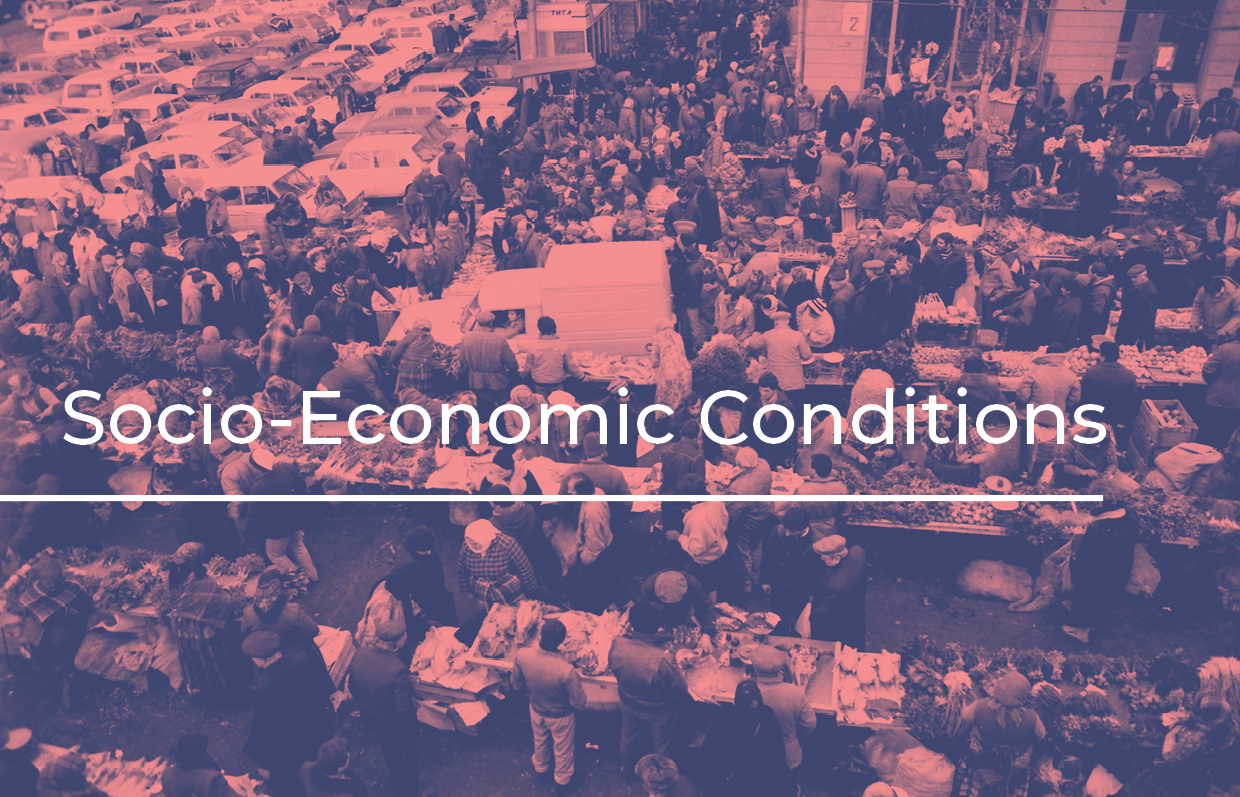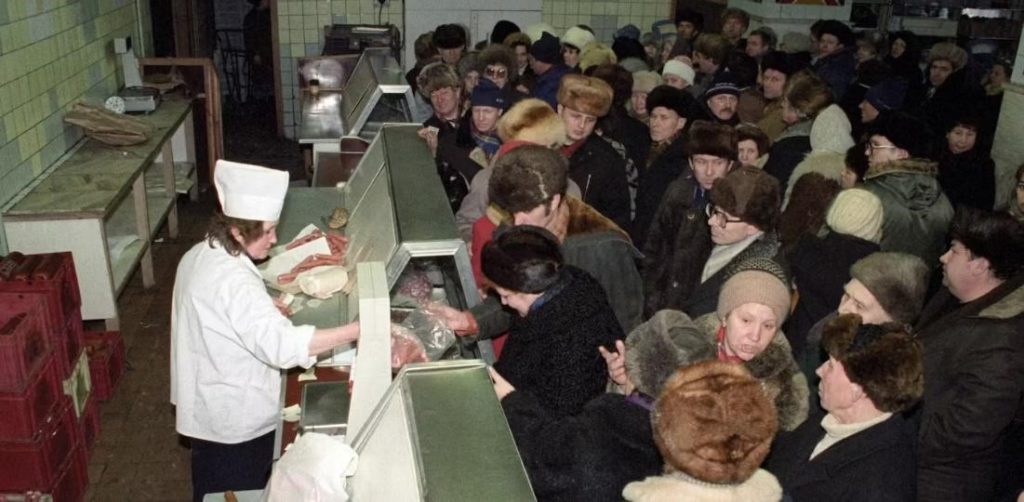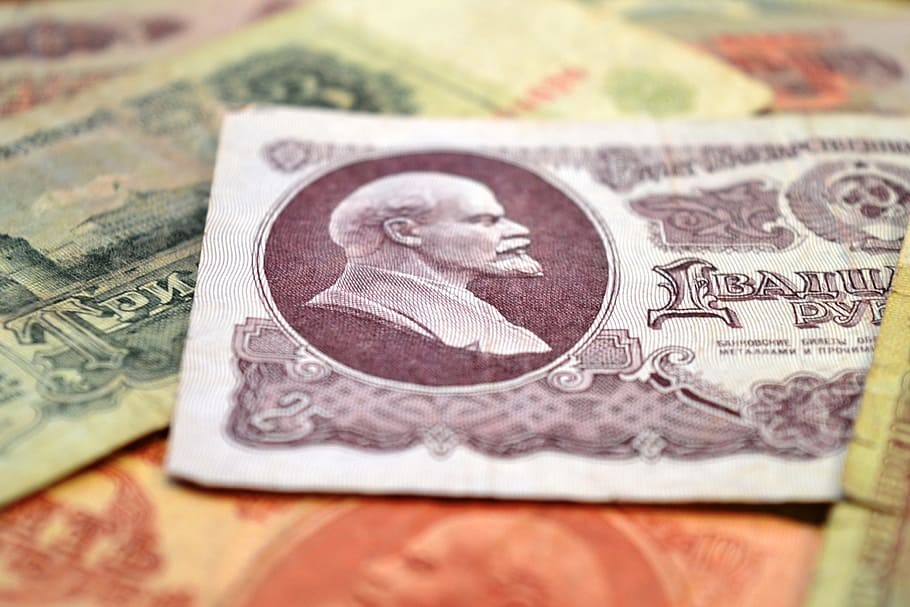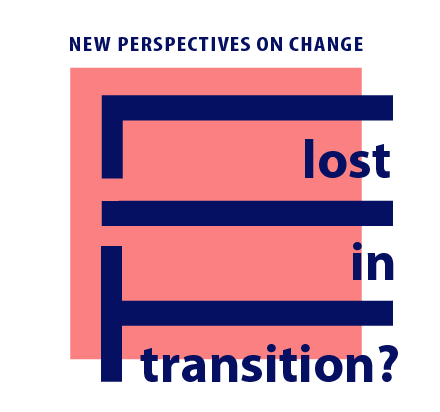

Socio-Economic Conditions
Navigating the economic downturn
In 1991, the former republics of the USSR abruptly transitioned from a planned to a market economy. This almost universally led to the collapse of the economy and plunged hundreds of millions of people into poverty and precarious living conditions. The changes during this difficult period for all countries of the former Soviet Union were very similar in many ways, but there were also country-specific characteristics.
The following text describes some aspects and characteristics of economic change during the transition period and how these changes, affecting the lives of millions of people, have created new layers of society.
Lost Savings and Financial Pyramid Schemes: Illiteracy and Desperation

Figure 1: Queuing for sausages in a food shortage in Moscow in 1992
The period after the collapse of the Soviet Union was characterized by a serious economic crisis, against which people’s financial situation rapidly deteriorated. They continued to go to work despite the fact that wages were no longer paid. At some workplaces, instead of wages they were given the goods that the enterprise produced: pots, galoshes, etc. In order to cash such wages, these goods had to be sold. At the same time, basic necessities – food and hygiene products (toilet paper, shampoo, washing powder) – became unavailable. On the shelves of many stores one could see only bread, salt and vinegar. Therefore, people were forced to buy these goods either by standing in huge lines or through shady dealers for inflated prices. All these processes led to the emergence of mass poverty and even hunger, regardless of their social status. Characteristic of this period was the appearance in the media of recipes for dishes made from the few products available at the time, such as onion cutlets or chowder made from leftover bread.
Due to the termination of wage payments, people were forced to turn to their savings. However, one of the key problems faced by millions of residents of the former Soviet Union was the loss of savings deposited in the state savings bank. One of its business activities became the accumulation of liquid funds of the population, i.e., essentially the unspent part of their salaries. It was one of the few sources of passive income at the time. The population had built up a lot of such funds due to the chronic shortages of goods, and for the same reason people did not apply for deposits very often, and meanwhile the money from these deposits were invested for years in an inefficient economy. Once citizens began to apply for deposits en masse, it turned out that the state was simply unable to pay them out.
In attempts to somehow improve their financial situation during the transition period, millions of post-Soviet citizens became victims of financial pyramid schemes (the most famous of them was called MMM) – that is, companies that promised their depositors super profits – up to 1000 percent a year, while not conducting any economic activity, that is, in fact, funds were accumulated solely by attracting new depositors. At the time people were ready to deposit the last of their money in these pyramid schemes. Of course, financial pyramids were not a phenomenon specific to the countries of the former USSR, but this is where they became incredibly popular for several reasons, including financial illiteracy and lack of basic knowledge about entrepreneurship and investing.
Unemployment and alternative earnings: Alcohol as Payment and Social Destruction.

Figure 2: Soviet Ruble
One peculiarity of the transition period for all countries was the use of alcohol as payment for work and services. A bottle of cognac or champagne could be used to get a ticket to a popular play, while a bottle of vodka was used to pay for a repaired gate or a dug garden. Receiving money for such services was always associated with a certain risk, while alcohol was perceived as worthy and admissible compensation. In addition, during this period money depreciated very quickly, and alcohol, oddly enough, turned out to be a harder currency. Also, due to active anti-alcohol campaigns, alcoholic beverages disappeared from the shelves, so they were always valued highly. It is worth noting that alcohol was also, unfortunately, the cause of the destruction of many families in that period, since for many, especially men, it became a way to escape from the harsh reality to which not everyone was able to adapt.
Another peculiarity of the countries’ economic development during the transition period and one of the consequences of the population’s financial illiteracy was the takeover of enterprises by the so-called “red directors”, i.e. former heads of large industrial enterprises, often party functionaries. Such managers had great informal connections, great experience in managing large teams, and often a good understanding of production processes, which gave them an opportunity to get their hands on enterprises with export potential and become rich. Many of them later became very wealthy people and even oligarchs.
Because of the difficult socio-economic and political situation in the newly independent countries, unemployment became a big problem. During the transformation of the economy, hundreds of thousands of people lost their jobs. Against this background, when dozens of research institutes were closed, and factories did not pay salaries for months, new forms of income began to appear. It was then that the so-called “shuttle traders” – small entrepreneurs who bought consumer goods abroad and brought them back home to sell them – began to appear in post-Soviet countries. There is even a monument to the shuttleman in Slovyansk, Ukraine.
Vulnerable Groups in Rural Areas: Adapting to New Realities and Facing Chernobyl's Impact
It is also important to mention how the villagers survived. In the villages, collective farms were collapsing and villagers switched to cultivating private plots and often survived thanks to the ability to grow vegetables in their vegetable gardens. During the same period, city dwellers also began to engage in “work in the vegetable garden”.
Speaking of the economy at the time of transit and the fate of rural residents, it is impossible not to recall the consequences of the Chernobyl disaster, which is considered one of the largest man-made disasters in the history of mankind. More than 3 million people in Belarus and Ukraine, most of them in rural areas, suffered from the consequences of the accident. According to estimates by various experts, until 2011 alone, Ukraine and Belarus alone had spent over $100 billion to eliminate the consequences of the disaster, largely thanks to the help of the international community. Other countries also spent huge sums, and all this happened against the backdrop of economic stagnation and crisis.

Figure 3: Abandoned hospital in Pripyat, Chernobyl Exclusion Zone.
Post-Soviet Legal Challenges and Divergent Paths: Outdated Regulations, Currency Conflicts, and Varying Adaptation Strategies
Along with the transition to a market economy, new phenomena emerged that needed to be regulated in the legal field, leading to the adoption of new laws; however these were not always accompanied by appropriate bylaws, so for many years post-Soviet countries lived using the regulatory framework of the Soviet period, which caused various problems and conflicts. For example, after 1991 all post-Soviet countries began to use foreign currency, mainly U.S. dollars, and at the same time the criminal code continued to have an article on “violation of the rules of currency transactions,” which punished the storage and use of currency by individuals. Another striking example was the situation when entrepreneurial activity began to develop throughout the post-Soviet space, while people convicted of speculation back in Soviet times continued to serve their sentences in penal colonies.
Each country had its own specific economic structure, which, to varying degrees, affected the speed of development and adaptation to the new realities. A common problem for all countries was the close interconnection of the economies of the former Soviet Union. This was especially evident in Armenia, where such ties reached 95 percent. We can see many similarities in the processes of economic change, in how they affected different segments of the population, and how new vulnerable groups emerged. This can be explained by the fact that all the countries of the former Soviet Union had a common economic model at the start, which the republics changed with varying degrees of success against the background of difficult crisis conditions during the transition period, as well as the individual characteristics of the development of these countries, the availability of natural resources, military conflicts with neighbors, the behavior of national political leaders and other factors.
Eyewitnesses
Tasks
Topic: Pyramid Schemes
Duration: 45 minutes
Materials: printed texts with descriptions of pyramid schemes (Appendix 1) and signs of pyramid schemes (Appendix 2), sheets of paper for working in groups, markers (pens)
Structure of the exercise:
- Invite participants to form small groups of 4-5 people to work on the exercise. Read the text about the MMM pyramid scheme (Appendix 1) aloud to participants. You can also print it out and give each team 5 minutes to read it out loud and read it for themselves. Ask participants if they have heard anything before about pyramid schemes and MMM and what they know about them. Allow 5-7 minutes to discuss this question.
- Next, suggest that each group, taking into account the information from the text they have read and the discussion in the group, prepare a checklist of signs (4-5) of pyramid schemes, that is, a list of signs that should alert you and most likely indicate that this is not a profitable project, but a pyramid scheme. Give each group a sheet of paper and a pen (marker) and allow 15 minutes for this work.
- After 15 minutes, invite each group to name one trait and write them on the board (flipchart); if a trait is repeated, it does not need to be recorded again. It is important that each team takes turns naming one trait in a circle and that each team has an opportunity to share the results of their work. After the team names the trait, ask them to explain their choice. After all the traits are written on the board, give each group the trait list (Appendix 2) and give teams 5 minutes to select from the list those traits that are not written on the flipchart (the board). Ask participants why they did not voice these attributes, and ask if they discussed them as a group.
- Debrief with the participants. Debriefing questions (tentative):
– Do you think that pyramid schemes were typical only during the transit period or do they still occur?
– Why is it that even though most people are now aware of the risks of pyramid schemes, some still fall victim to them?
– What can help people avoid the risk of becoming a pyramid scheme victim?
Appendix 1 (text for reference)
“MMM” is one of the most famous financial pyramid schemes, which was created by Sergei Mavrodi. About 15 million people became victims of this pyramid scheme. At the time, people were trying to save their savings from depreciation and this was one of the reasons why pyramid schemes were so popular. One of the key pyramid advertising messages was the promise of 1,000 percent profitability. According to various estimates, MMM’s losses amounted to more than $100 million.
The basic principle of the pyramid is manifested in these successive steps:
- A project with very high profitability is created.
- Investors (contributors) are attracted to the project, who are asked to contribute a certain amount of money.
- New investors are attracted, whose money is used to pay dividends to the first investors.
- New investors are attracted, whose money is used to pay dividends to the second investors. Points 2-3 are repeated many times, and a pyramid is formed.
- As soon as the pyramid stops working (no new investors appear), the pyramid organizers usually disappear along with the money.
Appendix 2 (Signs of pyramid schemes)
- high profitability
- the investors themselves attract new investors
- non-transparency – investors have almost no information about the financial state of the project
- active advertising with miraculous promises
- absence of official documents
- low initial payment


